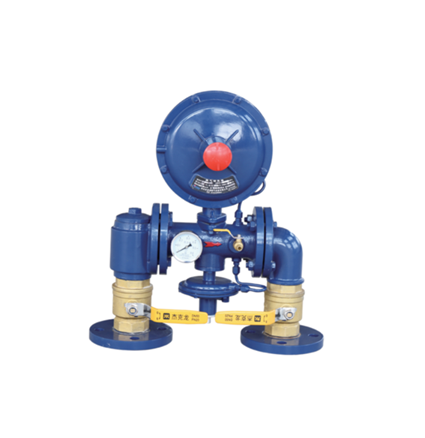
Dec . 03, 2024 17:53
Back to list
gas filtration
Gas Filtration An Essential Process for Air Quality and Environmental Protection
In our rapidly industrializing world, the significance of maintaining air quality has become increasingly paramount. One of the most effective methods of achieving this is through gas filtration—a process that involves the removal of harmful particles, gases, and odors from airstreams before they are released into the atmosphere. This article explores the fundamentals of gas filtration, its mechanisms, types of technologies employed, and its importance in both industrial and residential settings.
At its core, gas filtration is designed to remove contaminants from gaseous streams, ensuring that the air we breathe is safe and healthy. Contaminants may come from various sources, including industrial processes, automotive emissions, and even household products. Common pollutants include volatile organic compounds (VOCs), particulate matter (PM), odors, and various toxic gases. Effective gas filtration systems can dramatically reduce the concentration of these harmful substances, leading to cleaner air and a healthier environment.
Gas filtration works through various mechanisms, including adsorption, absorption, and physicochemical reactions. Adsorption occurs when gas molecules adhere to the surface of a filter media, which is often made from materials like activated carbon or zeolites. This method is particularly effective in capturing VOCs and odors. Absorption, on the other hand, involves the chemical reaction between the contaminant and the filter material, where gases are chemically transformed into a less harmful state. This process is commonly used for acidic gases such as sulfur dioxide (SO2) and hydrogen sulfide (H2S).
There are several technologies available for gas filtration, each with its unique advantages and applications
. For example, activated carbon filters are widely used in both industrial settings and residential air purifiers due to their high capacity for adsorption of a variety of pollutants. Additionally, electrostatic precipitators (ESPs) utilize electric fields to remove particulate matter from gas streams, making them integral to industries such as power generation and cement production.gas filtration

Another promising technology is the use of biofiltration, which harnesses the natural abilities of microorganisms to metabolize and break down harmful gases. This method is particularly effective for treating odors and VOCs and is often employed in waste treatment facilities and composting operations. Liquid scrubbing systems, which capture gases in a liquid solution, are also valuable, especially for removing toxic gaseous pollutants from industrial exhaust streams.
The importance of gas filtration extends beyond industrial applications; it also plays a critical role in enhancing indoor air quality. Poor indoor air quality can lead to a myriad of health issues, including respiratory problems, allergies, and even chronic illnesses. Home air filtration systems often incorporate HEPA filters and activated carbon to trap dust, pollen, smoke, and chemical vapors, providing a healthier living environment for occupants.
Moreover, as regulations around emissions continue to tighten, the demand for effective gas filtration systems is on the rise. Industries must comply with environmental standards and seek methods to minimize their ecological footprint. Investing in modern gas filtration technology not only benefits the environment but also enhances corporate responsibility and sustainability efforts.
In conclusion, gas filtration is an essential process that plays a crucial role in protecting air quality both outdoors and indoors. By utilizing various filtration technologies, industries and households can effectively mitigate harmful emissions and contribute to a cleaner, healthier environment. As awareness of air pollution grows and regulations become stricter, the future of gas filtration systems will undoubtedly flourish, paving the way for innovative solutions that further enhance our quality of life and the health of our planet.
Next:
Latest news
-
Safety Valve Spring-Loaded Design Overpressure ProtectionNewsJul.25,2025
-
Precision Voltage Regulator AC5 Accuracy Grade PerformanceNewsJul.25,2025
-
Natural Gas Pressure Regulating Skid Industrial Pipeline ApplicationsNewsJul.25,2025
-
Natural Gas Filter Stainless Steel Mesh Element DesignNewsJul.25,2025
-
Gas Pressure Regulator Valve Direct-Acting Spring-Loaded DesignNewsJul.25,2025
-
Decompression Equipment Multi-Stage Heat Exchange System DesignNewsJul.25,2025

